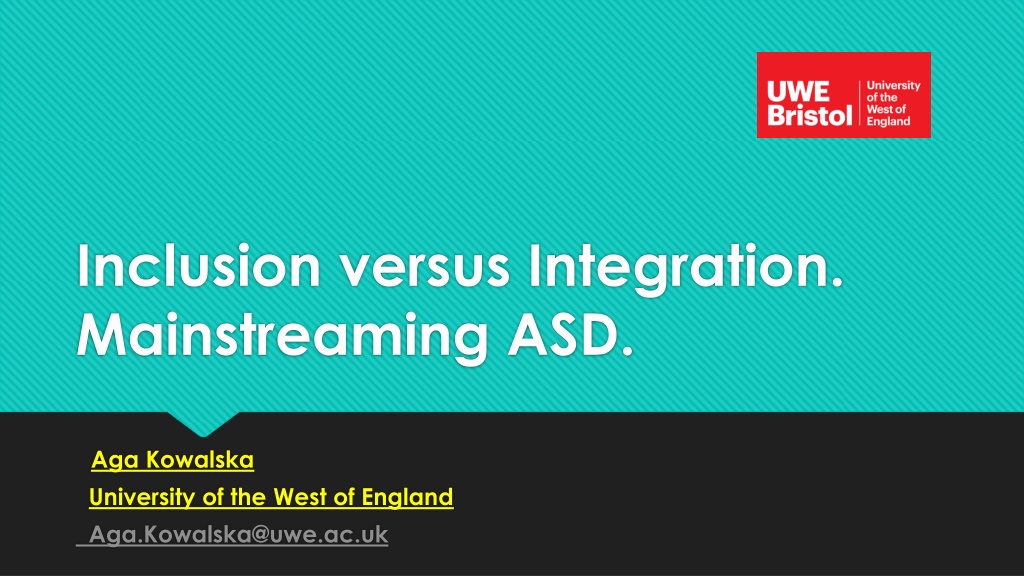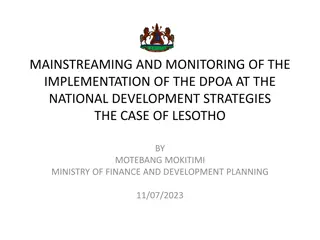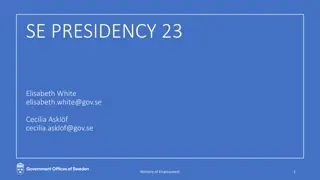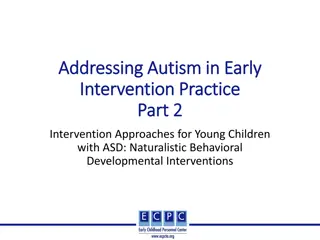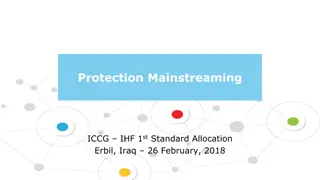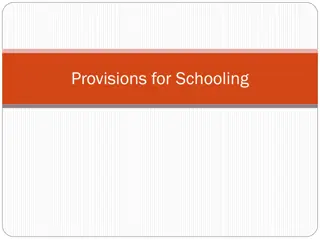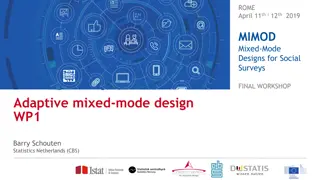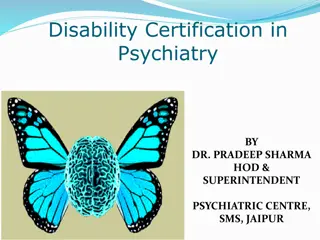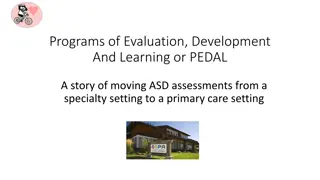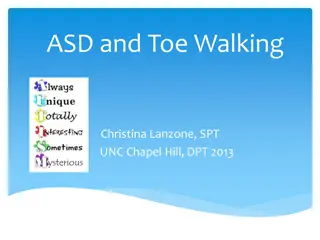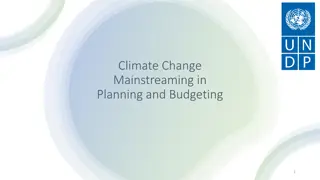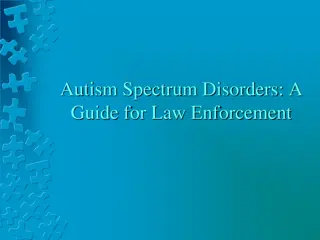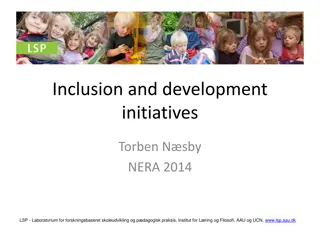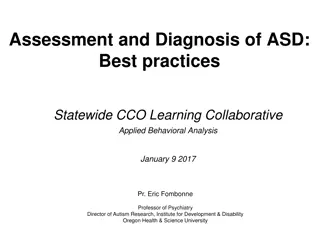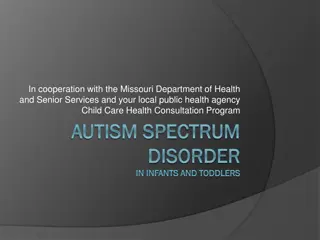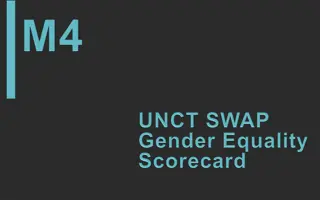Understanding the Dynamics of Inclusion and Integration in Mainstreaming ASD
Exploring the concepts of inclusion and integration in mainstreaming Autism Spectrum Disorder (ASD) education, this article delves into the challenges, benefits, and experiences faced by students with ASD. It highlights the importance of inclusive practices, the voices of parents in mainstreaming ASD, and the significant impact of language and policies on creating an enabling environment for students with special needs.
Download Presentation

Please find below an Image/Link to download the presentation.
The content on the website is provided AS IS for your information and personal use only. It may not be sold, licensed, or shared on other websites without obtaining consent from the author. Download presentation by click this link. If you encounter any issues during the download, it is possible that the publisher has removed the file from their server.
E N D
Presentation Transcript
Inclusion versus Integration. Mainstreaming ASD. Aga Kowalska University of the West of England Aga.Kowalska@uwe.ac.uk
Inclusion vs Integration? Inclusion (Loxley, 2001) For the inclusion agenda, the problem is understood as an excluding social context An ongoing, never ended process Collective sense of belonging Equal opportunities to participate in social and professional arenas of life Removal of the physical, psychological and social barriers to a fully-fledged participation in life Successful inclusion depends on the ongoing adjustments provided by a mainstream setting to meet the needs of a child Integration (Warnock Report, 1978). For the integration agenda, the problem is understood as the non-fitting child Physical placement of a child in a mainstream setting Exposure of SEN children to social interaction Practical measures associated with participation in selective activities Placing in less restrictive environments Successful integration depends on children s capacity to fit in within a mainstream context
The benefits of inclusive practices. Advocates of inclusive education argue that the social inclusion of students with SEN increases when they are educated with typically developing peers (De Leeuw, R.R, at al, 2018). The normalisation of a difference . Words matter! The key stakeholders responsible for inclusive education, policy and practice must embrace inclusive language. These policies have a direct influence on students everyday lives. Inclusive education reciprocal relationships, interactions and mutually shared awareness of needs, impact and understandings.
Students with ASD and their experiences. On average 20 times more likely to be excluded from school than their peers: one in five (21%) are excluded at least once (NAS, 2003). Labelled as autistic : trouble, different, misunderstood . Bullied and abused- easy target. Additional support at school inadvertently makes difference hyper-visible! TA s responsible for delivering the lessons, not enough teacher-time. The needs of students with ASD are often not being met. I just want to fit in. Make me normal! (Humphrey and Lewis, 2008)
Parents voices in mainstreaming ASD Depends on factors such as: the particularity of a special need, or on parental expectations towards children s achievements (Parsons, et al., 2009) Dissatisfaction with the quality of teaching and learning, and overall experiences reported by children and parents themselves. Parents confidence in the effectiveness of inclusion diminishes as pupils with ASDs enter secondary school. Parents often do not agree with schools policies (behaviour and effective safeguarding). Concerned with children's mental health difficulties.
Teachers voices in mainstreaming ASD More one-to-one teacher time More money and more resources More Training (university, knowledge and experience within school, knowledge and experience provided by outside agencies) Teachers worries (quality of teaching and expectations: parents, SLT, ASD children; SEN teaching standards, workload and its impact on everyday preparation, negative impact on other TD children). Filling In The Gaps: Self-Help Approaches to Knowledge and Competency in Practice
Policies and Behaviour? Public experts in behaviour tell us to write lists of rules, make sure children are punished before they're rewarded, exclude disruptive children to protect the learning of others. There is often little in the way of objective assessment of a child's needs and interventions are based on guesses about their deficits. There's a limited repertoire; anger management, ASD type problems, signs of ADHD. There's nothing new here, we've done the same things for decades and failed to make a difference. It clearly doesn't work and maybe things have even got worse . (The Guardian, 2014).
Exclusions and the law. It is shocking so many children with autism are missing out on education. All schools are legally bound to provide quality full-time education to all pupils, including children with autism. Asking parents to collect their children early or putting them on part-time hours is against the law and fails to address the underlying need for schools to make reasonable adjustments to include children with autism (Jolanta Lasota, Chief Executive of Ambitious about Autism, 2013).
Behaviour Management: Solution-, or a Problem-Focused Approach? Solution Focused Approach (Inclusive model) A positive problem-solving model. The model encourages teachers, and others involved in developing effective approaches to behaviour is directed to find satisfactory ways forward rather than focusing on what is going wrong in a situation. Problem Focused Approach (Integrative model). Detailed knowledge about what's gone wrong in the past and deciding which strategy will resolve the problem Behaviour policy: traffic-light cards; loss of privileges; removal from class; detention; front of school; involvement of parents/carers; exclusion Negative impact on mental health ( children and parents) Often decreases motivation, hope. What are your best things, what are you good at? What would tell you that you'd been successful when you get to the end of the year? 'What's already working?
Is full-inclusion a possibility, at all? Requiring schools to compete as if they are supermarket chains treats children as commodities and leads to pressure on schools to select their intake and increase pupil exclusions, said Kevin Courtney, joint general secretary of the National Education Union (Guardian).
